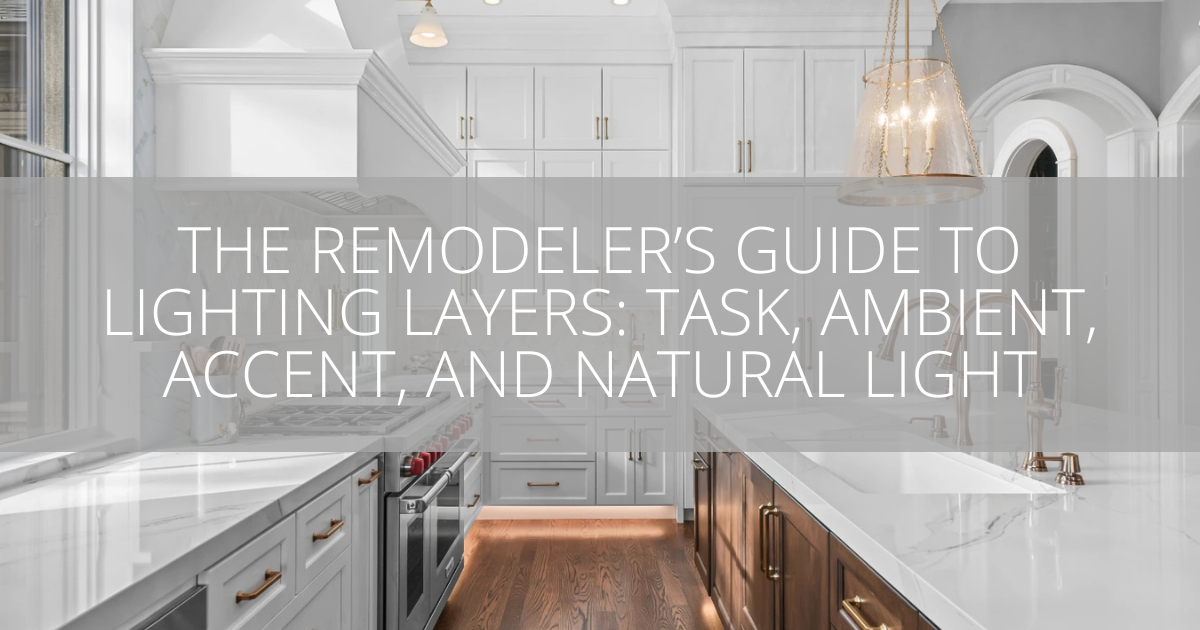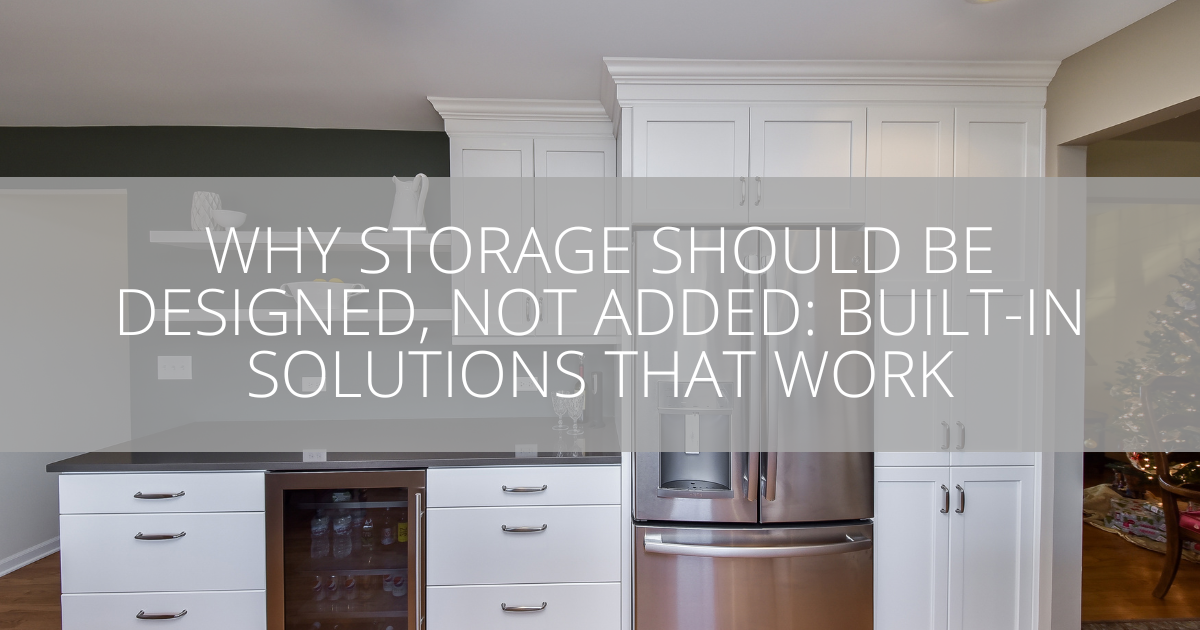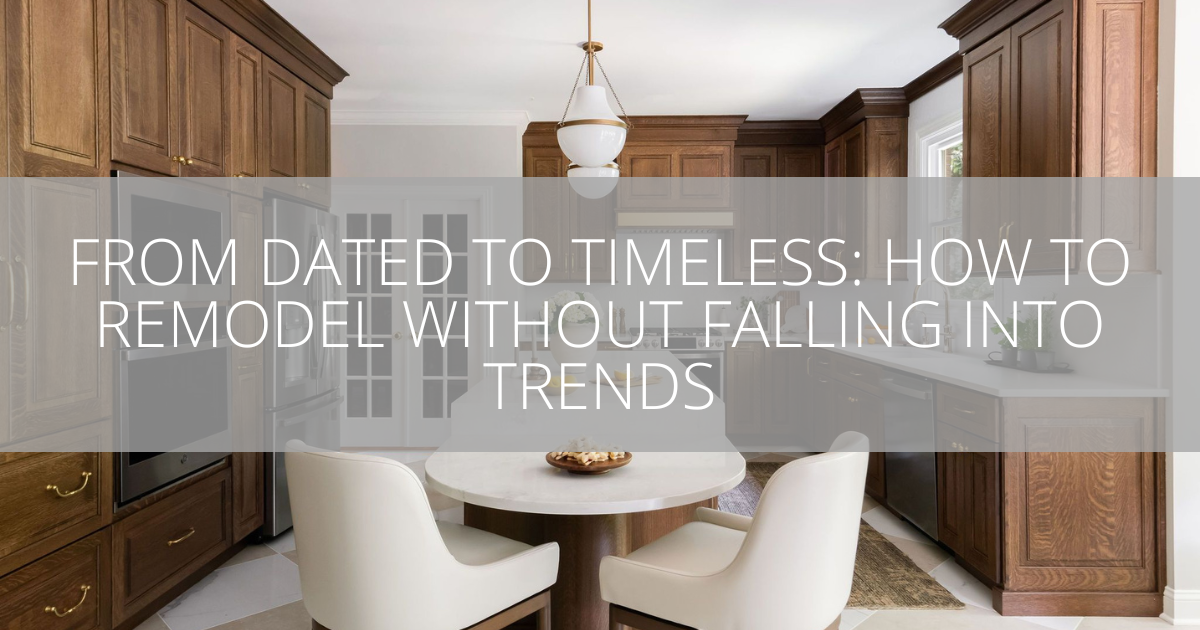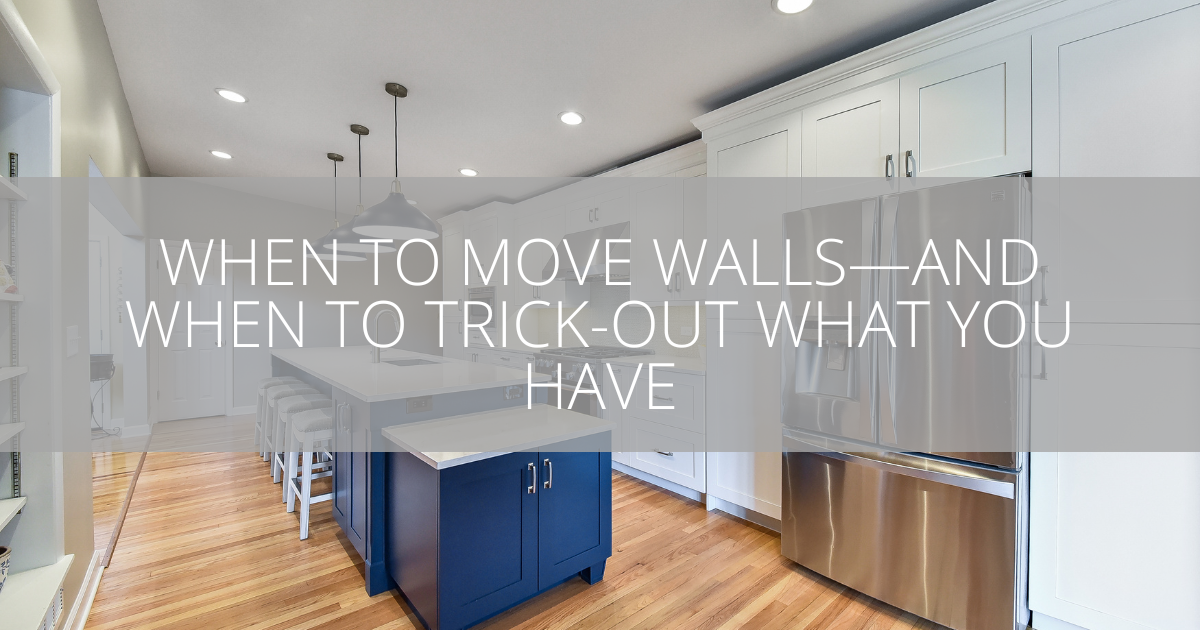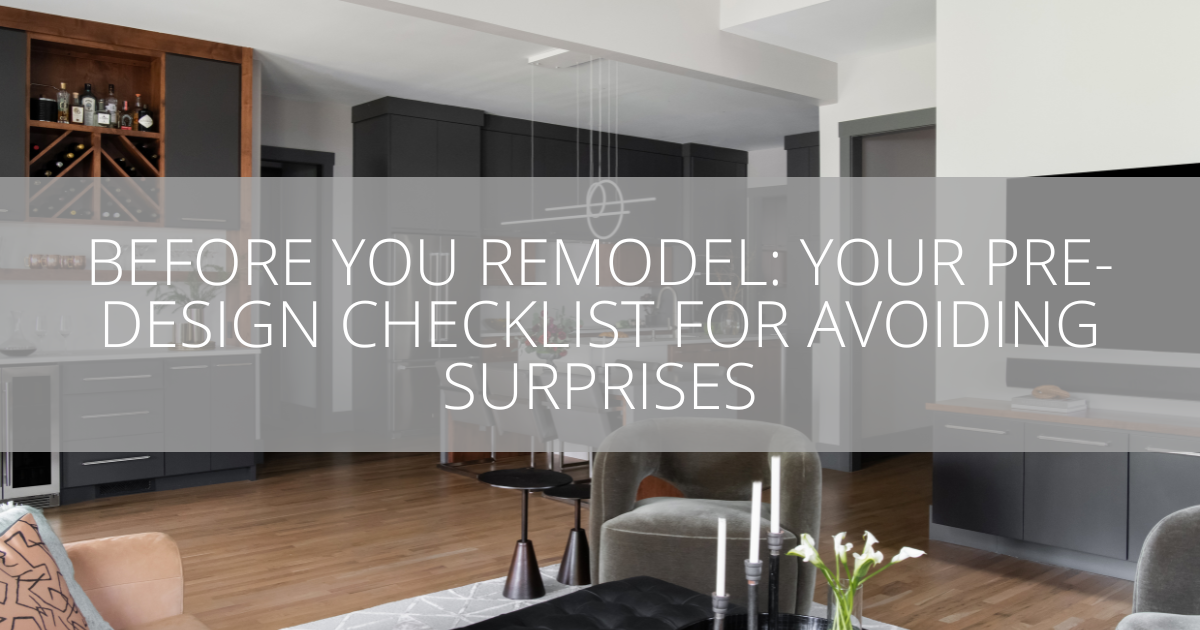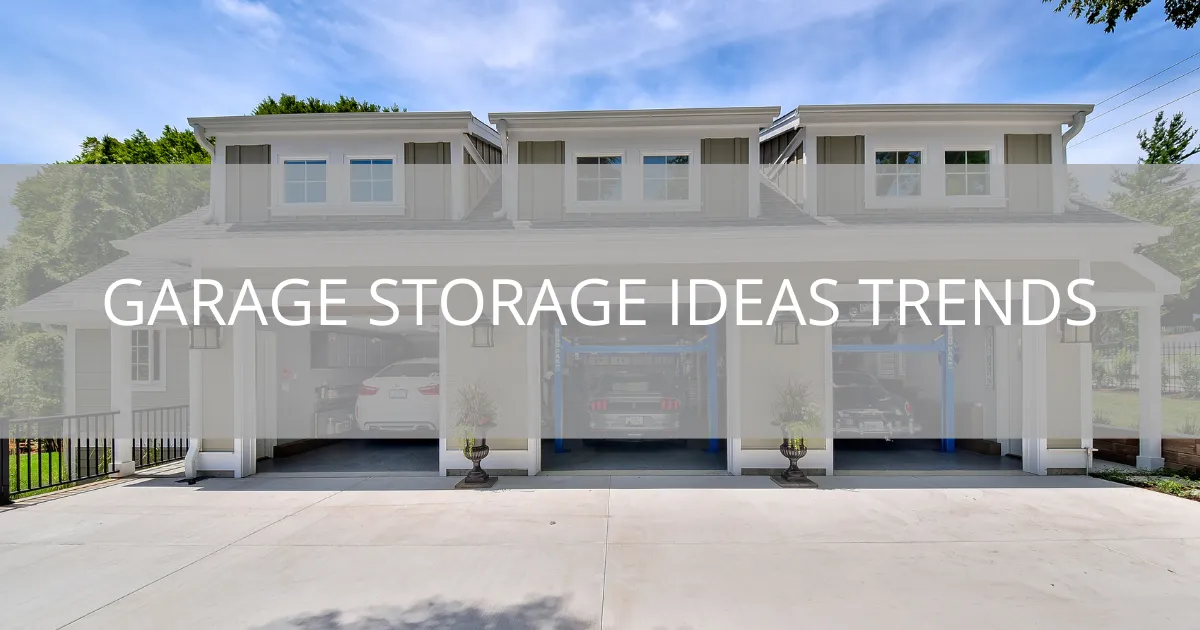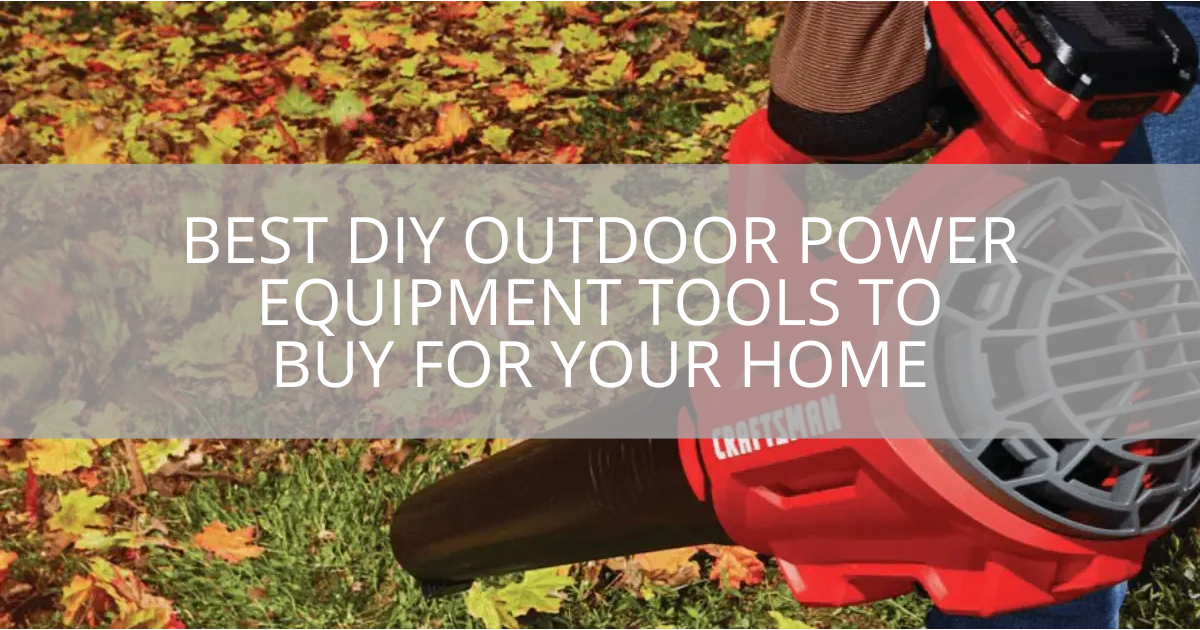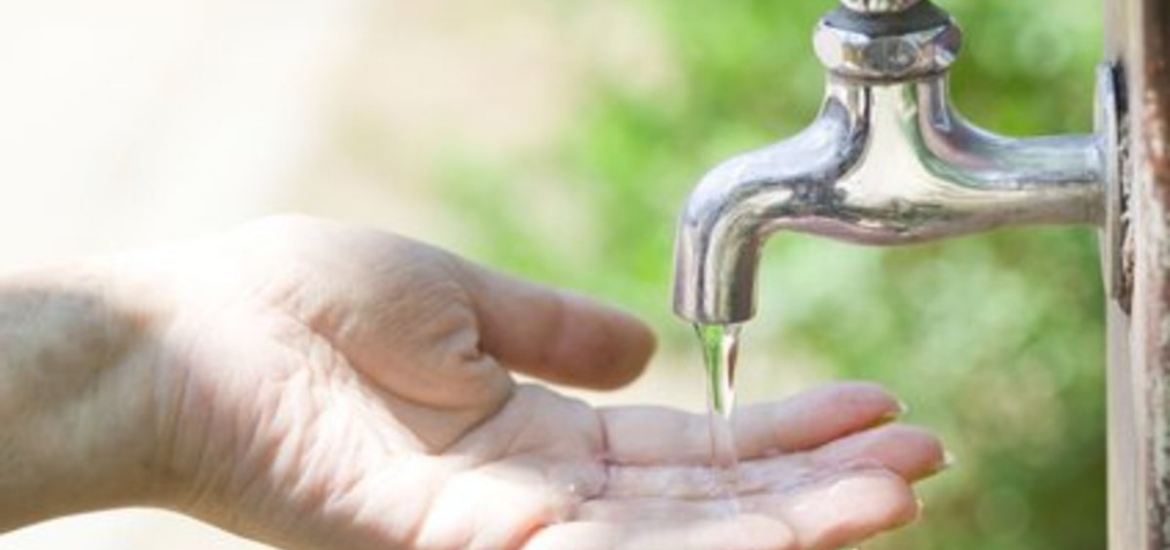
Featured Image: dengarden
A long and hot shower is exactly what many of us look forward to after a long day at work. So you’re working outside in your yard and you come in to rinse off the grime from your hands at your faucet, only for a pathetic, low-pressure stream of water to come out. That is not exactly what is needed to get your hands clean.
At some point in time, your home is bound to be plagued by a case of low water pressure. While not an emergency situation that needs to be addressed right now, low water pressure certainly makes daily tasks such as showering and washing the dishes much more difficult.
There is a range of reasons why you might experience low or no water pressure, and it could be as simple as your water supplier is having problems behind the scenes. If this is the case, you’ll just need to play the waiting game until the problem is solved on their end.
More often than not though, the cause of your low water pressure will be related to your home’s plumbing. We’ve compiled nine common causes of low water pressure in your home and what you can do to fix them.
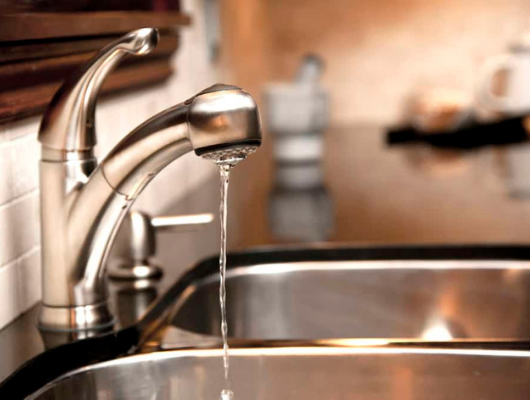
Sensible Digs
See for signs—the first you should check is the main valve.
1. Your Main House Shutoff Valve Isn’t Fully Open
There are two valves that can cut off your water supply. The first of these is the main house shutoff valve and can often be the reason for your low water pressure.
Unless you’ve had an emergency burst pipe or another plumbing emergency, you probably haven’t had the need to touch this valve. There are a couple of places where your main shutoff valve might be located.
If your home has a basement and crawlspace, you’ll likely find this valve on an interior wall near the front of your house. Alternatively, if your home was built on a slab, your main shutoff valve is most likely near your water heater inside your garage.
If this valve is not fully open, this is the most likely cause of your low water pressure. If the handle is a lever type, then this should be completely parallel with the pipe to be open all the way. For handles that are more like what you would use to turn on a tap, this needs to be twister counter-clockwise as far as it can go.
Any less than this and you won’t be getting the maximum amount of water that can be delivered to your home.
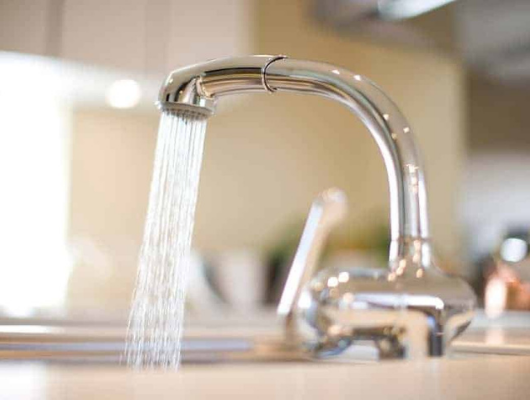
Your Nifty Home
Next—check your meter valve.
2. Your Water Meter Valve Isn’t Fully Open
The second valve which controls your home’s water intake is the water meter valve. If your main shutoff valve is fully open, this should be the next place you look. You’ll typically never need to touch this valve, it’s actually maintained by your water supplier.
If you’ve recently had work done to your home and you’ve been experiencing low water pressure immediately after this, it might be the case that it was left partially closed by accident. To fix this, you’ll need to get in contact with your water supplier and have someone out to fix this.
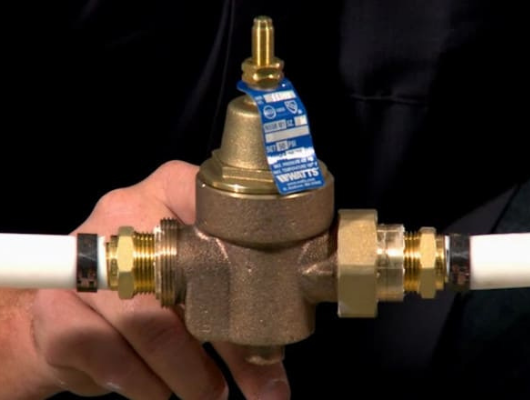
Fast Plumbers
Check your pressure regulator if it’s working fine.
3. You Have a Faulty Pressure Regulator
Does your plumbing have a pressure regulating valve? These regulate the water pressure that is allowed in your home to a safe level that won’t negatively impact your home’s plumbing. While low-pressure water is a major annoyance, too high of a pressure can wreak havoc on your plumbing.
These valves can become faulty, suddenly and unexpectedly, leaving you with very low-pressure water. Thankfully, you can check this at home by yourself – all you need is a water pressure gauge.
Simply attach the water pressure gauge to an outdoor tap and run water. The gauge will give you an immediate reading of the water pressure leaving the tap.
A pressure between 30 and 80 psi is acceptable, with 50 psi being ideal. Any pressure over 80 psi and you’re running the risk of losing any warranty or insurance you have on your appliances and fixtures. If your water pressure gauge is reading lower than what your pressure regulator is set to and you’re experiencing low water pressure across your entire home, then you’ve got yourself a faulty pressure regulator!
While you can change the pressure regulator over on your own, it’s generally recommended to have a licensed plumber carry out this work. Installed incorrectly with the wrong pressure setting and you run the risk of having a pressure that’s too high that can damage your pipes and fixtures.
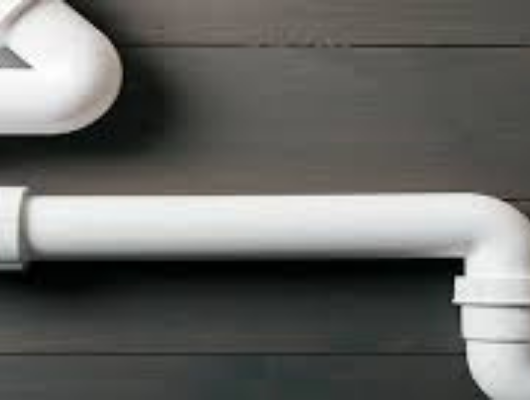
Do It Best
Check your pipes. They might be clogged.
4. Your Pipes Are Clogged
Clogged or blocked drains and pipes can definitely be a cause of water pressure issues in your home. Regardless of whether it’s a small or large clog, this can affect your home’s flow of water and be the cause of your low pressure.
A clogged drain or pipe is a major plumbing problem beyond just affecting your water pressure though. There are a whole host of additional problems that can come with this plumbing issue.
While you could pour some drain cleaner down your drain to clear the blockage or pull out your trusty plunger, this will only solve the immediate cause of your low water pressure. The root cause of your problem hasn’t been properly dealt with and you’ll likely be faced with low to no water flow thanks to clogged pipes again in the future with these methods.
To prevent your low water pressure from returning, you’ll need the tools and skills of an experienced plumber. A skilled plumber will be able to identify the cause of your clogged pipes and suggest the best approach to prevent future clogs.
Not only will this solve your water pressure problems, but it will also help to extend the life of your home’s plumbing overall too.
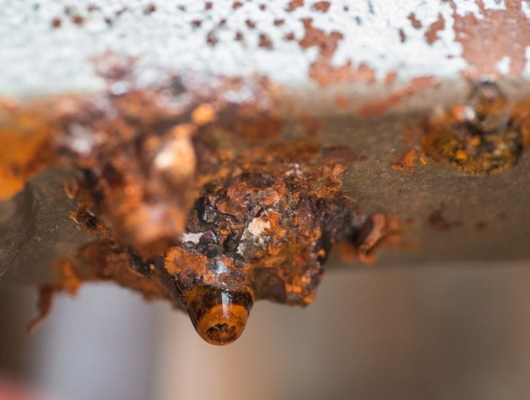
Nuflow
A corroded pipe could be one reason why your water pressure is low.
5. Your Pipes Have Corroded
What material are your pipes made from? Are they the original pipes your home came with? Plumbing pipes have an expiration date, and if yours are past this date, they’ve likely started to corrode which could be why your water pressure is low.
This is especially true for old galvanized steel pipes which can begin corroding after only 20 years! Copper pipes will last you upwards of 50 years, and brass pipes can last anywhere between 40 and 70 years.
Corroded pipes are unfortunately an expensive cause of low water pressure. Corrosion debris builds up over time in your pipes and you might not even notice it until it’s too late for a simple repair. The only solution, in this case, is to re-pipe the corroded pipes and replace them with new copper or plastic ones.
If you live in an older house, this is a likely cause of your low water pressure.
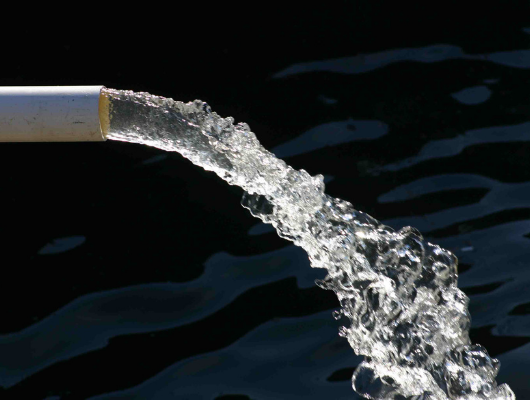
The Spruce
A shared pipeline may mean lower water pressure for you if your neighbor’s using their faucet.
6. You’ve Got a Shared Pipeline
Does your water pressure seem to drop when you hear your neighbor’s faucet running or when they’re washing a load of laundry? Seems like you’ve unfortunately got a shared pipeline!
This means you share a water supply with your neighbor, and while you still only pay for the water your home uses, your water flow is divided between both homes. So when your combined water demands exceed the maximum water flow from your supplier, then you’ll experience a pressure drop.
There are a couple of ways you can go about fixing this cause of low water pressure. First, you can try and time your water use so that it doesn’t match up with your neighbor, but you won’t want to have to live this way forever.
Your best long-term option here is to have a plumber out to separate your pipeline from your neighbors so you don’t need to deal with this problem in the first place. While more costly, this will solve your low water pressure problems and save you from negotiating water use with your neighbor.
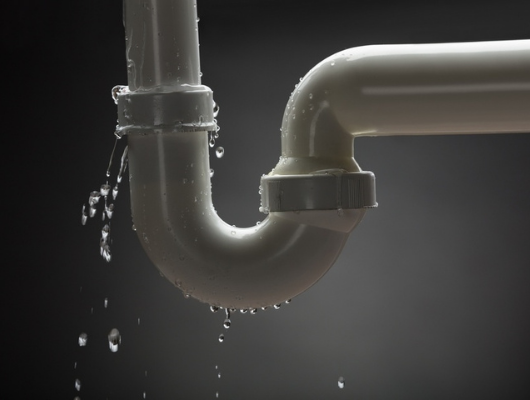
Ecomena
Make sure to check your pipes for leaks!
7. You’ve Sprung a Leak
Alternatively, your low water pressure woes might be caused by a leak somewhere in your pipes! Depending on the extent of the leak, a large proportion of your water flow could be lost to a leak and cause significant water pressure issues. Depending on where the leak is, it could be putting your home’s structural integrity at risk too from water damage.
If you have access to your pipes, you can try to locate the source of the leak. Look for pooling of water or wet spots that shouldn’t be wet.
With the leak located, turn off your water supply and dry the outside of the leaking pipe. With some rubber, electrical tape and a pipe repair clamp, you can seal the leak. Tape the rubber down across the leaking section and clamp the whole section with a pipe repair clamp.
This will only temporarily stop the leak until you can have a professional plumber come out for repairs. If your water pressure is significantly affected by leaks, experts from bookaplumberonline.com.au suggest that the problem is most likely more than just one leak. You likely have multiple leaks, and all of these could be the result of another hidden plumbing problem that needs an expert’s attention.
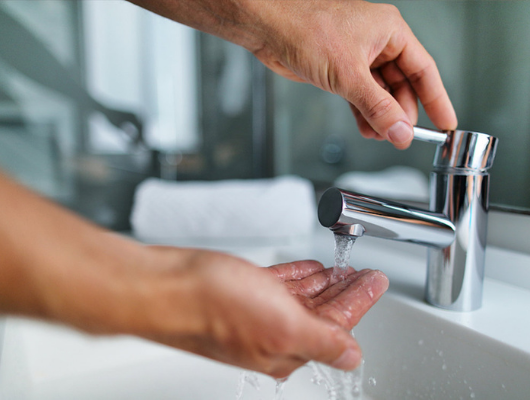
Boston Standard
8. Your Water Demand Is Too High
Do you tend to use the faucet at the same time as using your washing machine? Or maybe your family likes to use multiple faucets at the same time? And is this the only time you have low water pressure? This could be the reason you have low water pressure.
Your plumbing can only supply so much water at once. If your water demands exceed this amount, then less water will be supplied to each appliance and fixture, resulting in low water pressure.
There are a couple of solutions to this. The first and most immediate one is to not use your appliances and fixtures all at the same time. The problem with this approach is that you’ve now restricted water use in your home which can be a major annoyance at times.
A better and more long-term solution is to upgrade your appliances and fixtures to be low-flow or more water-efficient. Not only will this help to solve your low water pressure problems, but it will also help to reduce your water bill!
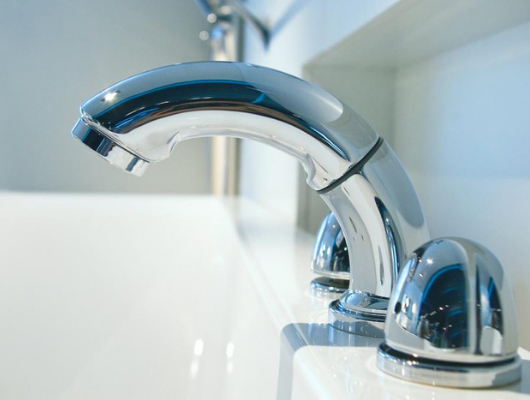
Rowin Plumbing
You might have faulty fixtures. Make sure to check!
9. Your Fixtures Are Faulty
Is there only one fixture that’s giving you grief? While water pressure problems are typically caused by problems affecting your whole plumbing, sometimes it can be just one fixture that’s faulty.
Aerators are a component of plumbing fixtures that reduce the volume of water leaving the fixture while maintaining the water pressure. Over time, the aerator can get blocked with debris and minerals from your water or rust, effectively blocking the flow of water and reducing your water pressure.
While you could clean the fixture, it’d be just as easy to replace your old ones with brand new fixtures. This will also last much longer and save you from having to clean your fixtures regularly to maintain your water pressure. New fixtures tend to be more water-efficient too, so will also help you save on your water bill.
More often than not, your low water pressure is the cause of more than just a faulty fixture or pressure regulator – it’s a combination of multiple problems. To get to the root of your pressure problems, you’ll need the skills and experience of a licensed plumber.
Not only will they be able to identify the sources of your issue, but they’ll also be able to suggest long-term solutions that will prevent them from occurring again in the future.

